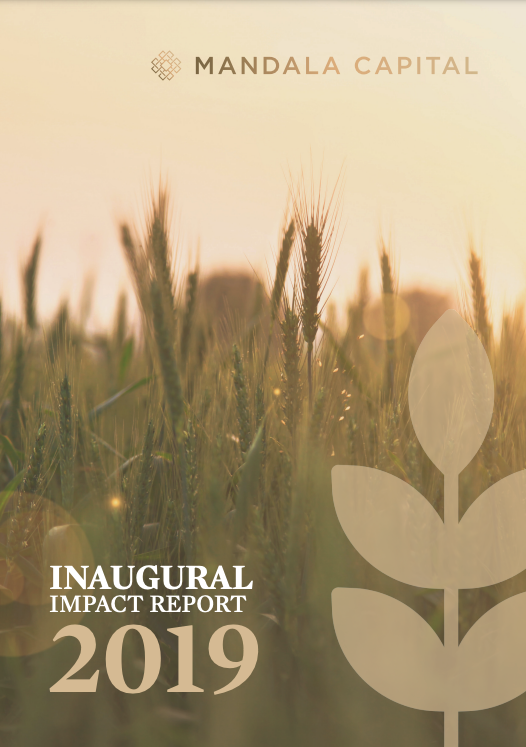Sustainable impact requires durability that ensures impact on all stakeholders beyond an investment cycle or fund life. The inherent challenge in our work is the potential for a promoter or owner of a business to have a time horizon and return expectations that are not fully aligned with the investment style and structure of a fund. As a firm, we recognize this dynamic and approach investments with the aim of balancing our objectives of optimal investor return while ensuring that investments are meaningful to the company. Often, it is only through active dialogue that these issues can be resolved to achieve an ideal outcome for all stakeholders.
Fundamentally, our relationship with the companies is built on a basis of trust that transcends the transactional and provides a foundation to influence operations post-investment. It is through our close operational involvement that we are able to closely monitor and prioritize value creating events that align EBITDA progression with sustainable social impact progression. Each of our companies are their respective category leaders in the food supply chain and, as such, innately capable of delivering positive social impact. Our investment structures are designed to ensure our companies are well poised to deploy Mandala’s investment to integrate operational adjustments as well as innovation to demonstrate return that has a correlating effect in contributing to long-term positive social impact. The developments that we guide within our portfolio are designed to be fixtures of an investee company and will amplify over time rather than truncate.
Scalable impact is impact that has a meaningful effect and that can be replicated at a larger scale without diluting impact.
Small scale start-ups established solely with the purpose of achieving impact either through innovation or geography are often dislocated from viable sources of capital and, more importantly, the supply chains that their products and services must be integrated with in order to have measurable and sustainable impact. Certainly these companies can develop and often grow into meaningful market leaders, but, as an asset management strategy, it is not a reliable assumption to expect high quality returns — financial and social — within 10 years. Instead, we have discovered that larger companies in the sector are naturally best positioned to make large scale, socially impactful, changes and bring in the private sector, government and DFI funding to grow.
In preparing to draft this impact report, we spent a long time reviewing the existing literature and practices in the space. In most instances we found at least one of two trends on display: either social impact is very loosely attributed to a fund manager’s investment or targeted impact investments show very little capability to achieve demonstrable returns. We then decided to take a slightly unconventional approach to evaluating our investments – intended to employ many of the same elements of our investment strategy – that would be focused on what our role was going to be, where we could add value and how we could showcase the sustainable and scalable impact we seek to create.
This report demonstrates our initial best effort in defining, measuring and monitoring the impact our investments havecreated and in laying the foundation for continuing to track their impact trajectory. We have defined our goals and the corresponding data points and worked with all our partners to gather the data. We have also formulated calculations that allow us to translate those data points into the monetary impact created towards each of our goals, per dollar invested into the Fund and deployed into each company.
We have taken this approach because we believe that numbers tell a complete story, removing from the results the emotion and bias that often favor less compelling and impactful investments from those which create true value. Numbers also serve as an effective bridge between our investors and portfolio companies. The trendiness of impact investing leads me to believe that the impact investing industry is moving towards a more quantitative approach in measuring and communicating impact.
Publishing and sharing Mandala’s inaugural impact report is a major milestone, both for the company and for me personally. The Mandala team – including all our partners – care about a lot of social causes and actively support and lead various philanthropic endeavors. This is in large part due to the influence of my grandfather, Mr. B.R. Barwale, who built a very large and successful business in agriculture and always emphasized the importance of giving back a significant amount to the farmers and the rural community, without seeking recognition or advertising his philanthropic efforts. Thus, from the outset, we have naturally sought partners aligned in this basic philosophy.
Mandala Capital was established in 2008 and we launched Fund I in 2014. This report is certainly long overdue, but we deliberately wanted to watch the impact investing industry mature and contemplate our role in the community of impact investors. We believe that this report reflects who we truly are while demonstrating adequate respect to the impact investing world. It is my sincere hope that you will enjoy reading it and that it will provoke new thoughts and ideas that broaden and elevate our ongoing dialogue.
